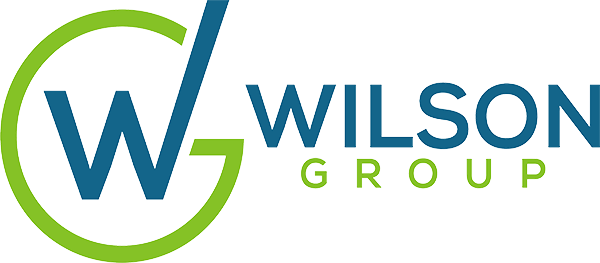Over the last 30 years, approximately 50 studies have been conducted on the factors that lead to effective performance based reward systems (i.e., money, recognition, etc.). Published and peer-reviewed in professional journals, these studies include both control and experimental groups of individuals performing manual or simple tasks. The effects of different conditions are examined and tested for their impact on productivity and quality of performance. Some studies use simulated or laboratory-type settings and others directly examine the effect of a workplace environment versus a simulated setting.
Studies reveal a wealth of information about reward systems. Findings include how incentive pay programs, flat or accelerated pay rates, or different amounts of money impact productivity and quality of worker performance. Differences between individual and group pay systems are analyzed. Studied also is the effect of feedback on performance—feedback without incentive pay, feedback with incentive pay, or even incentive pay without feedback. Finally, these studies also show which has higher impact on performance–money or social consequences (i.e., recognition, peer pressure).
1. Does incentive pay impact performance?
Groups receiving variable pay performed significantly higher than the groups receiving just base pay.
2. Does the amount of money matter?
The group receiving only 3% additional pay achieved performance that was significantly higher than the group who received no payouts. When the payout was increased to 10% and up to 50%, performance did not increase measurably.
3. Which system of pay works better, flat (linear) or accelerated rate?
Studies found that individuals produced more when they received variable pay, but their tasks and responsibilities did not increase when they received higher rates of pay for higher levels of performance.
4. Which type of pay system works better – individual or group?
In a statistical meta-analysis of 45 published studies on various types of incentive pay plans, performance is found to increase by 45 percent in team based plans while it increases by 27 percent in individual plans. In contrast to these results, several studies indicated that high performers preferred individual incentives over group incentive plans, and their performance dropped between 12 and 16 percent when they moved from individual to group based incentive plans. Lower performers preferred group based plans over individual plans in several studies where preference was measured.
5. Does feedback impact performance more than money?
Performance increases moderately with the introduction of feedback on performance and increases similarly when a monetary incentive is introduced. When both feedback and monetary incentives are introduced, performance increases dramatically and sustains high levels even when the amount of feedback is reduced.
6. Which has a higher impact – money or social consequences?
In several studies on the impact of monetary versus social consequences (i.e., recognition), both factors have strong positive impact on performance. Social consequences are defined as a positive statement about one’s work, special interest and sincere appreciation. The comments are positive, immediate and specific, as opposed to general and infrequent. In addition performance feedback is examined, but often associated with the social recognition.
